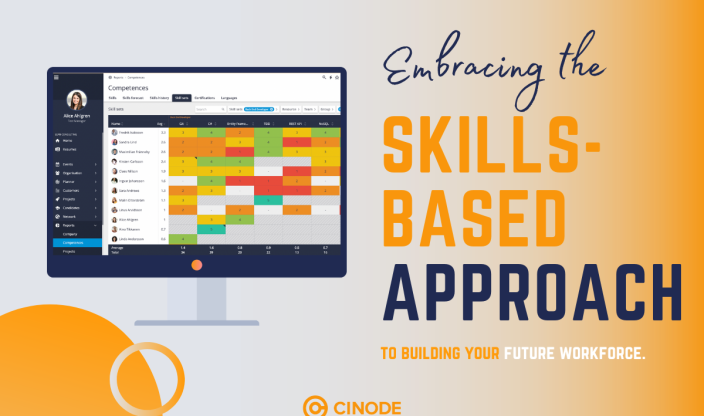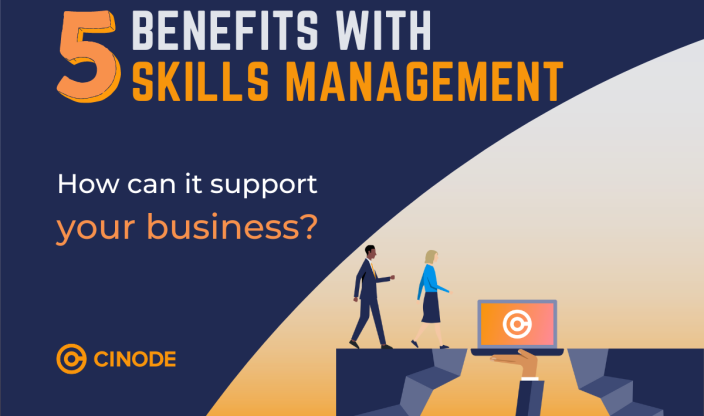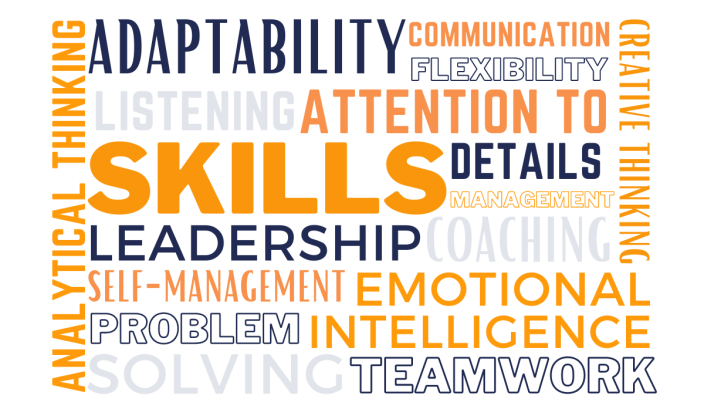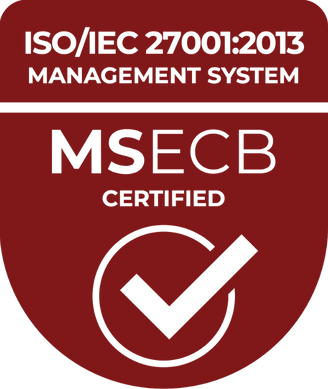Skills Management 💙 Engagement

The biggest competition on the labour market is the “competence race”. We are all involved – you, me, my company and your company.
It can be seen as a competition with clear rules. Whoever has a plan, trains hard and develops wins. But is it that simple?
In your consulting company, your competence supply is the most business-critical tool. It is about your employees’ ability to use their skills, knowledge and experience to carry out their tasks to the best of their ability. To enable employees to grow and develop, active and strategic Skills Management will be one of your company’s most important tasks.
But if you already work with Skills Management and still do not see the results that you want, what is missing?
Well-functioning competence management
You have done everything right according to all the rules, and you can check the boxes:
- Competence inventory.
- Define which competencies are crucial for you.
- Created a structure for grading your employees based on competence level.
- Analyzed what skills you need now and in the future.
- Identified the competence gap between present and future.
- Produced a risk analysis of what is most critical to address in the future.
- Created an action plan to fill the skills gap.
- Made an education plan, succession plan and recruitment plan.
- You have a digital way of working for this and a well-functioning system.
Check, check, check.
You have a well-functioning Skills Management and you know that this is a great competitive advantage. Still, you do not have pole position.
Workplace culture
Do you have a strategy in place? Is everybody involved in the process? If yes, great!
This is where culture comes in. An open culture to be precise. Check if you can tick the following boxes;
- Your workforce feels safe and secure at the workplace.
- There is trust between managers and employees
- Everybody feels a sense of belonging.
Challenges, mistakes and feedback are a natural part of work. In short, three basic human needs must be met; a sense of competence (we want to feel that we are good at what we do), meaningfulness and free-choice.
Engagement at the workplace
There can be any number of strategies to bridge the skill gap. However, without committed employees that feel safe and secure at the workplace, it will be difficult.
Your employees are the ones who have to learn new skills so that you have more to offer to your customers. If you want to raise the level of your Skills Management, you need to review the culture at the workplace. Is there a culture that emphasises on the employees being perceived as smart? Do they see knowledge as their own? Are they afraid of challenges and mistakes? Then you have a challenge in creating a more safe company culture. the skills gap and winning the competition.
If you can tick off all of the above mentioned you are on the right path towards success.
Register for free in the Cinode Market and test Skills, Business and Partner

Guest blogger - Lina Reineby, manager at KPMG and runs the investment in Onsite Solutions HR in Stockholm
Guest blogger - Lina Reineby, manager at KPMG and runs the investment in Onsite Solutions HR in Stockholm
You may also like...
All posts
Jun 28 2023 · Entrepreneurship, Skills Management
Bridging the gap between Swedish companies and Polish IT talent

Apr 28 2023 · Cinode News, Skills Management
Easily create customized CVs with Cinode’s CV import tool

Apr 20 2023 · Consulting, Sales, Skills Management
How do you work more skills-based within your company?

Apr 04 2023 · Cinode News, Skills Management
5 Easter eggs for eggstra effective Skills Management

Mar 23 2023 · Consulting, Sales, Skills Management
“If you sell competence, you always need to be on top of how you develop your skill set”

Feb 22 2023 · Skills Management
How can Skills Management help your company?

Feb 16 2023 · Skills, Skills Management
How to identify and recruit transferable skills

Feb 07 2023 · Skills Management
Flying start 2023 – how to succeed with your skills growth plan

Dec 21 2022 · Skills Management
Latest in Skills Management from the past year

Dec 08 2022 · Cinode News, Skills Management
This is how utilization works in Cinode (Video)

Dec 01 2022 · Cinode News, Skills Management
Add the right person to the right role with the right data (Video)

Nov 29 2022 · Skills, Skills Management
